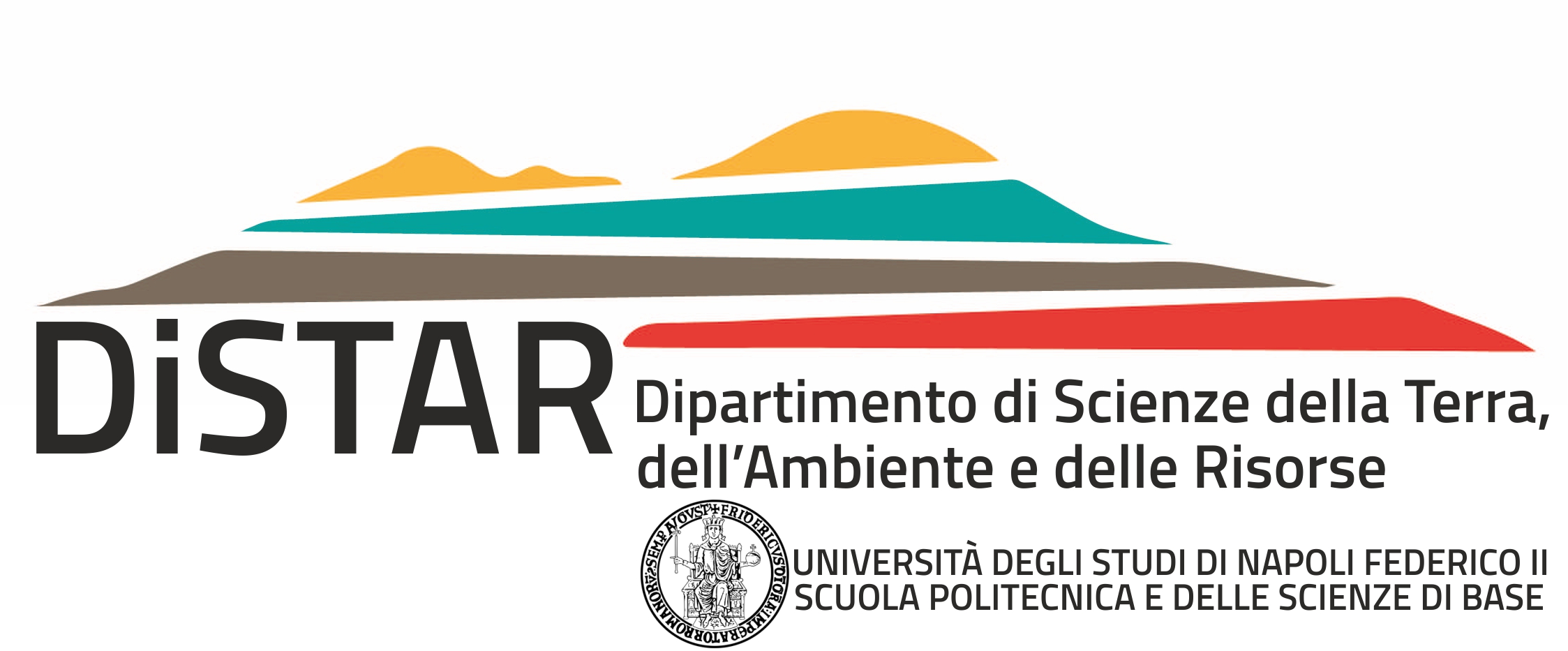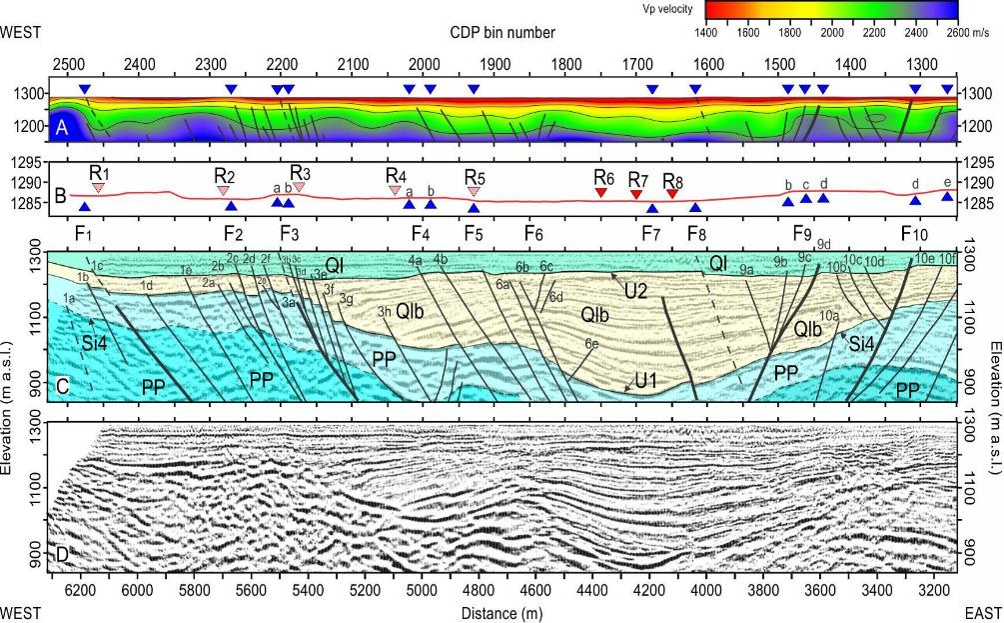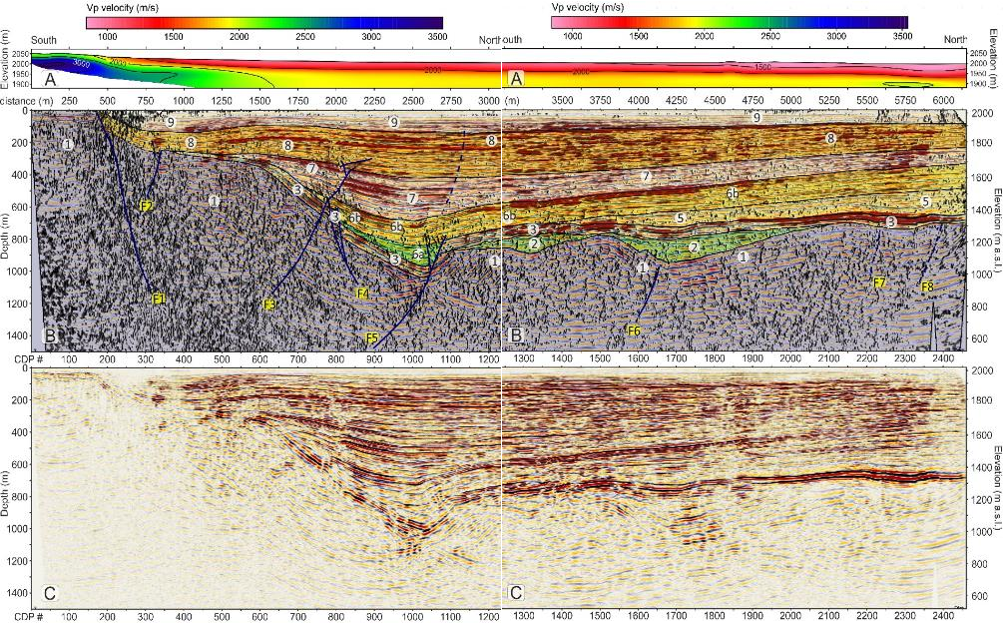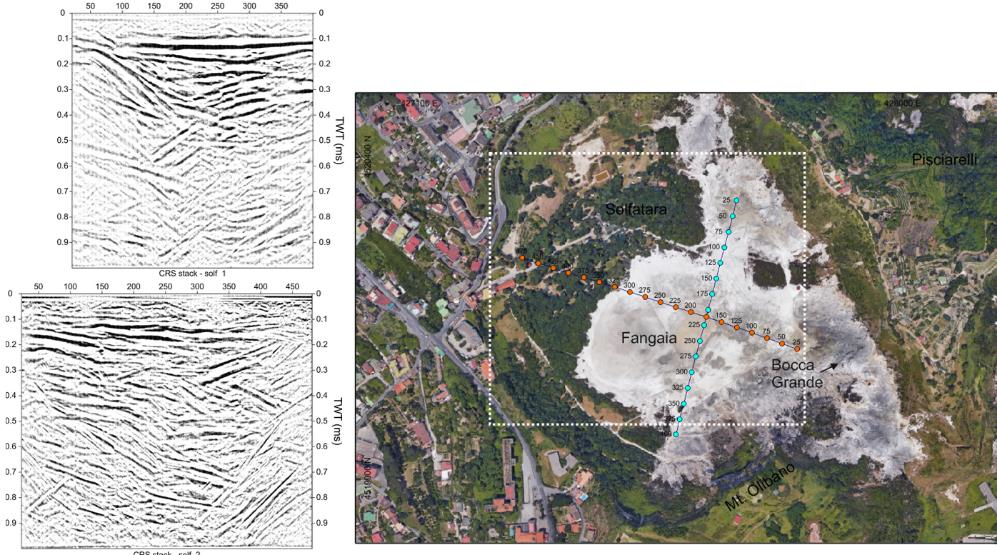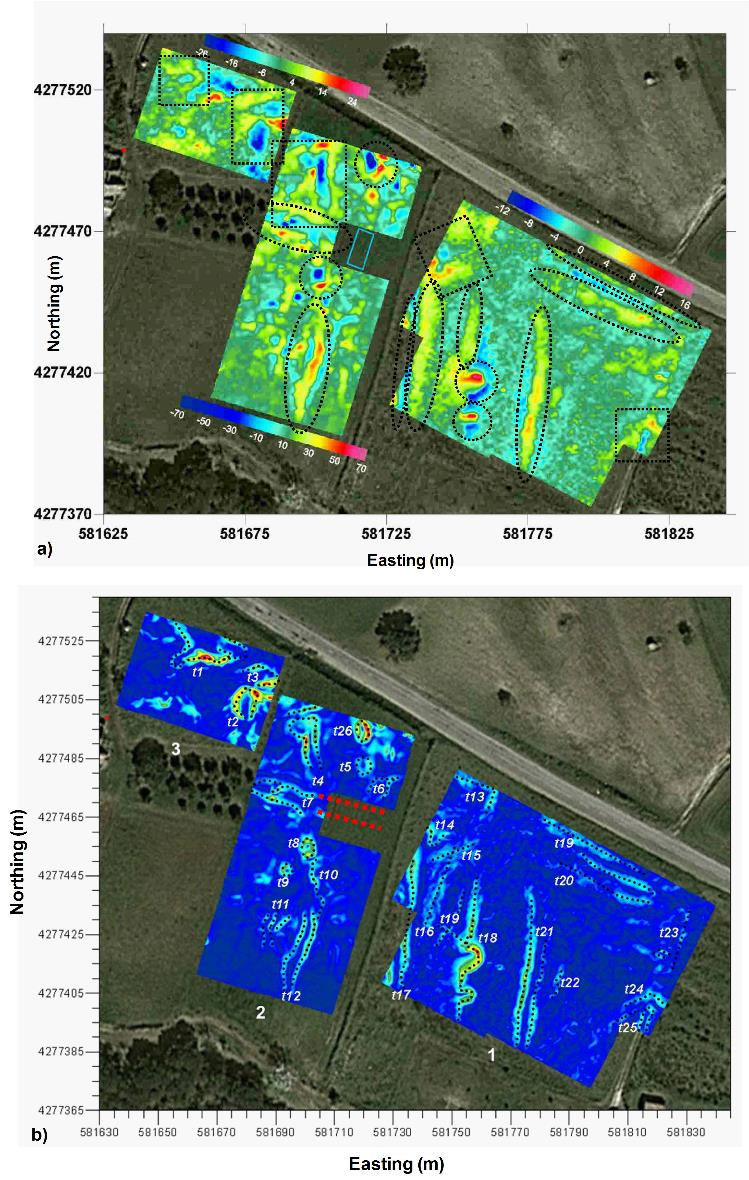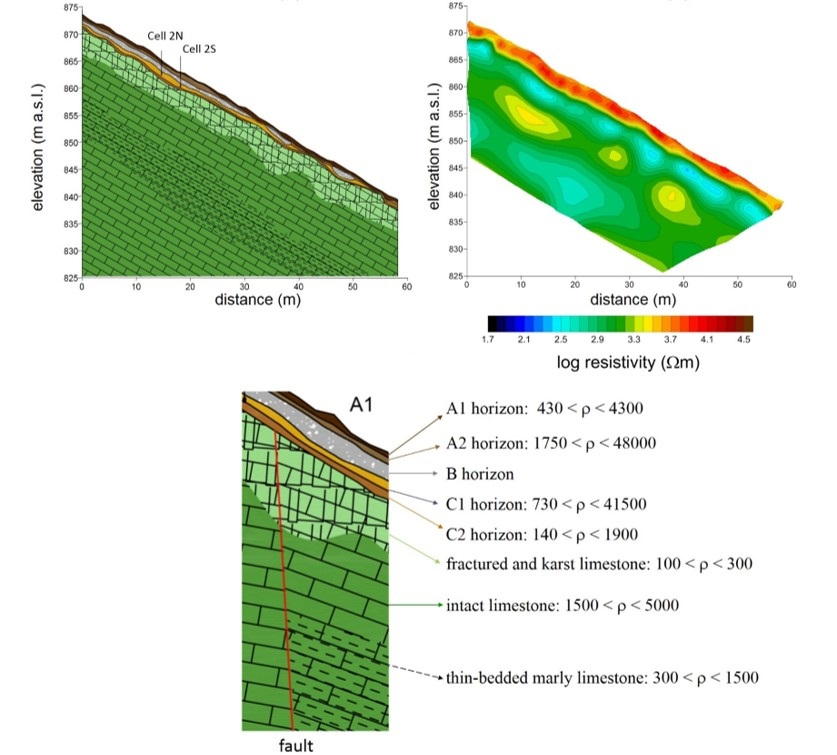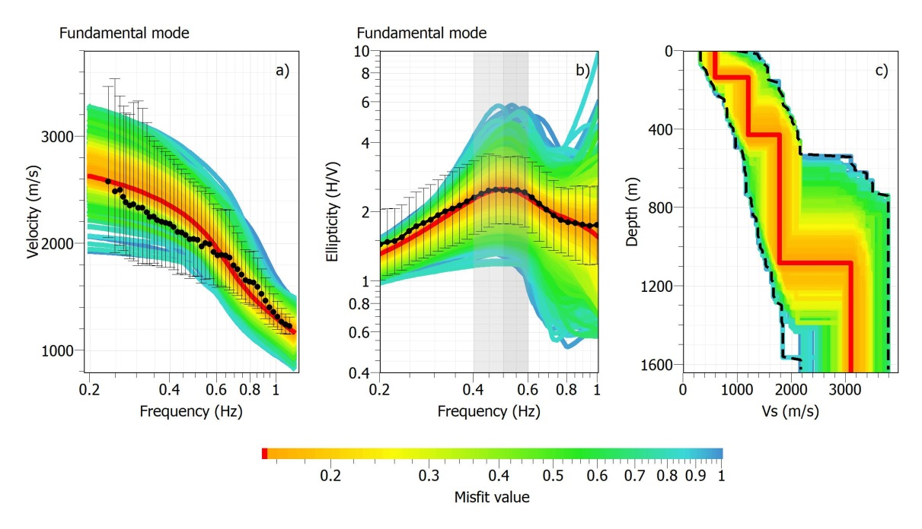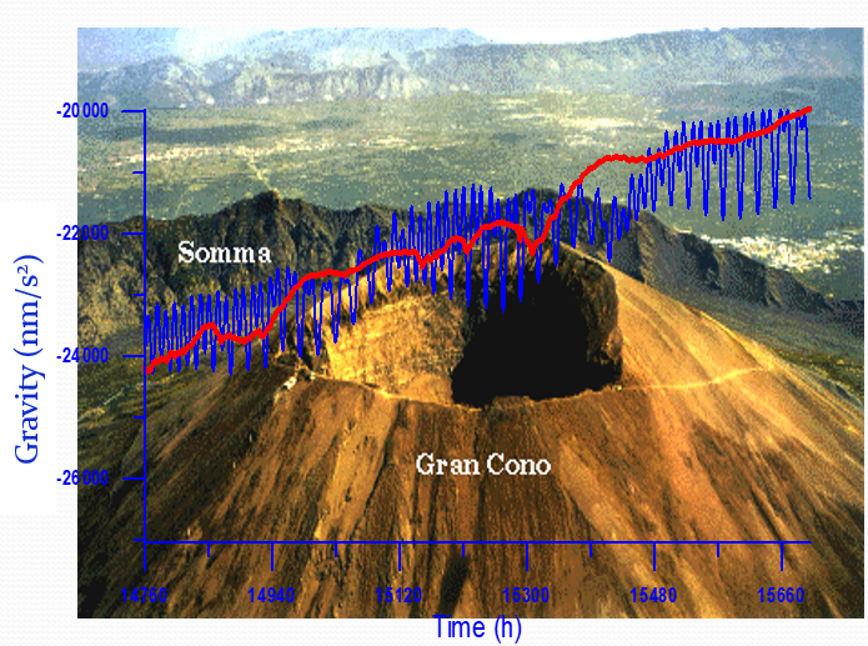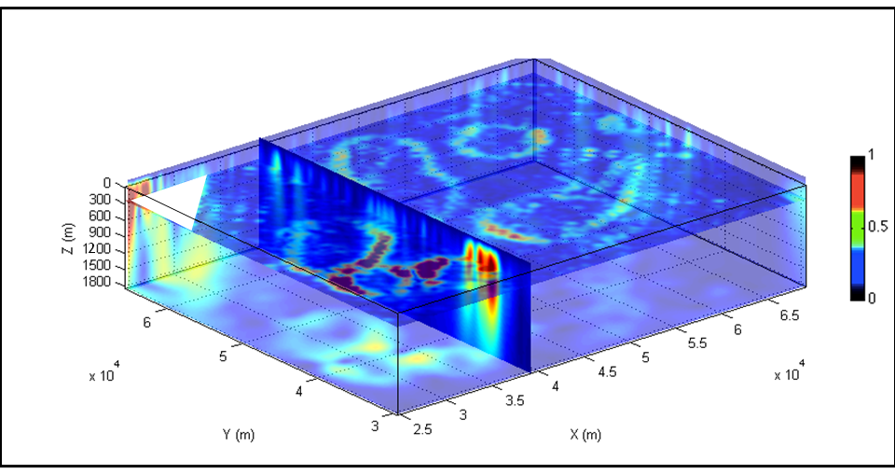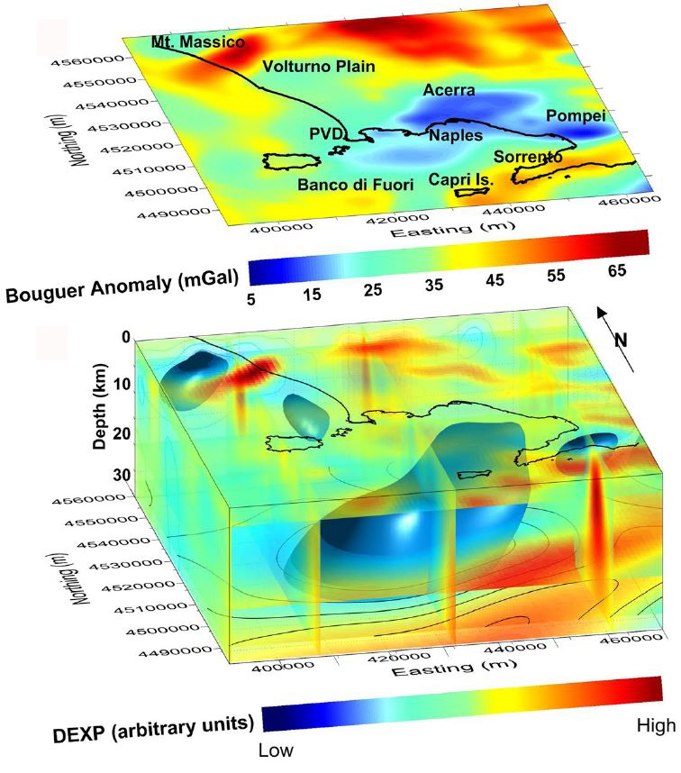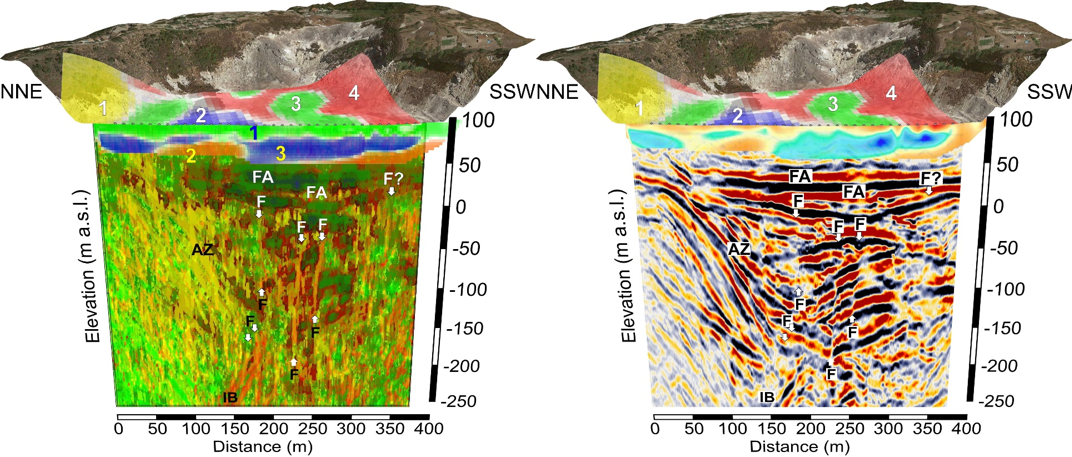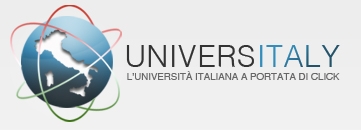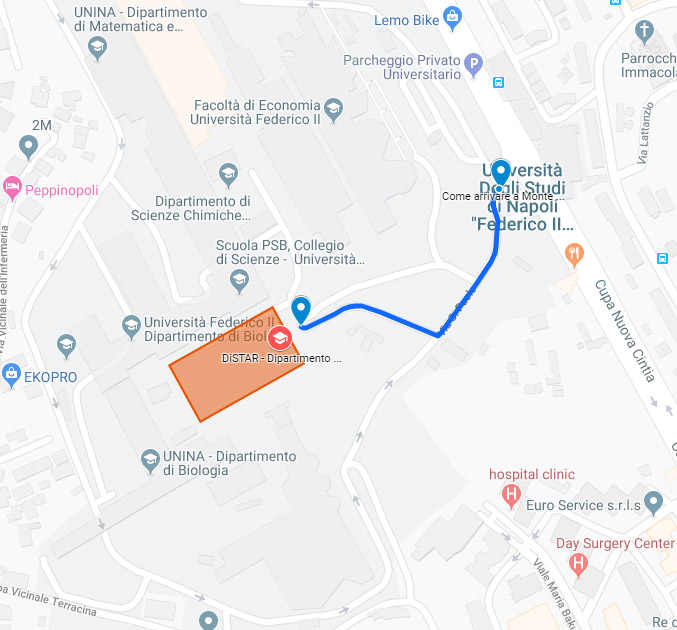Seismic microzonation
Staff: Prof. Domenico Calcaterra, Prof. Paola Petrosino, Prof. Diego Di Martire, Prof. Giacomo Russo, Dott. Maurizio Milano, Prof. Pantaleone De Vita, Dott. Luigi Guerriero, Prof. Luigi Ferranti, Prof. Stefano Vitale, Dott. Mauro La Manna, Dott. Enza Vitale, Prof. Maurizio Fedi, Prof. Giovanni Florio, Prof. Valeria Paoletti, Prof. Vincenzo Allocca, Dott. Francesco Iezzi, Dott. Francesco Pavano
The research activity is structured along four main lines:
- Structural and geotechnical modelling of the subsurface
- Geophysical surveys
- Geotechnical characterisation of soils and rocks
- Earthquake-induced instabilities
As far as subsurface modelling is concerned, research activities mainly focus on 2D and 3D reconstruction, based on survey campaigns, using specialised application software. With regard to geophysical surveys, the activity concerns the application of geoelectrical, electromagnetic and microgravimetric prospecting methods. Geotechnical characterisation is developed through tests conducted at the Applied Geology and Geotechnical Laboratory of the Department of Earth, Environmental and Resource Sciences. The topic of earthquake-induced instabilities includes the study of cavities, active and capable faults and earthquake-induced landslide phenomena.

Figure – Map of Terrain-UnCorrelated Anomalies (TUCA). The letter A indicates the gravimetric anomaly detected.
Main national collaborations:
- Dipartimento di Protezione Civile – Presidenza del Consiglio dei Ministri
- Dipartimento di Ingegneria Civile, Edile e Ambientale, Università di Napoli Federico II
- Istituto Nazionale di Geofisica e Vulcanologia (INGV), Sezione Osservatorio Vesuviano
- INGV, Osservatorio Vesuviano, Sezione di Napoli
- INGV, Sezione di Grottaminarda
- Consiglio Nazionale delle Ricerche - Istituto di Geologia Ambientale e Geoingegneria (IGAG)
- Istituto Superiore per la protezione e la Ricerca Ambientale (ISPRA), Roma
- Consiglio Nazionale delle Ricerche - Istituto di Metodologie per l'Analisi Ambientale (IMAA)
- Consiglio Nazionale delle Ricerche - Istituto di Scienze del Patrimonio Culturale (ISPC)
